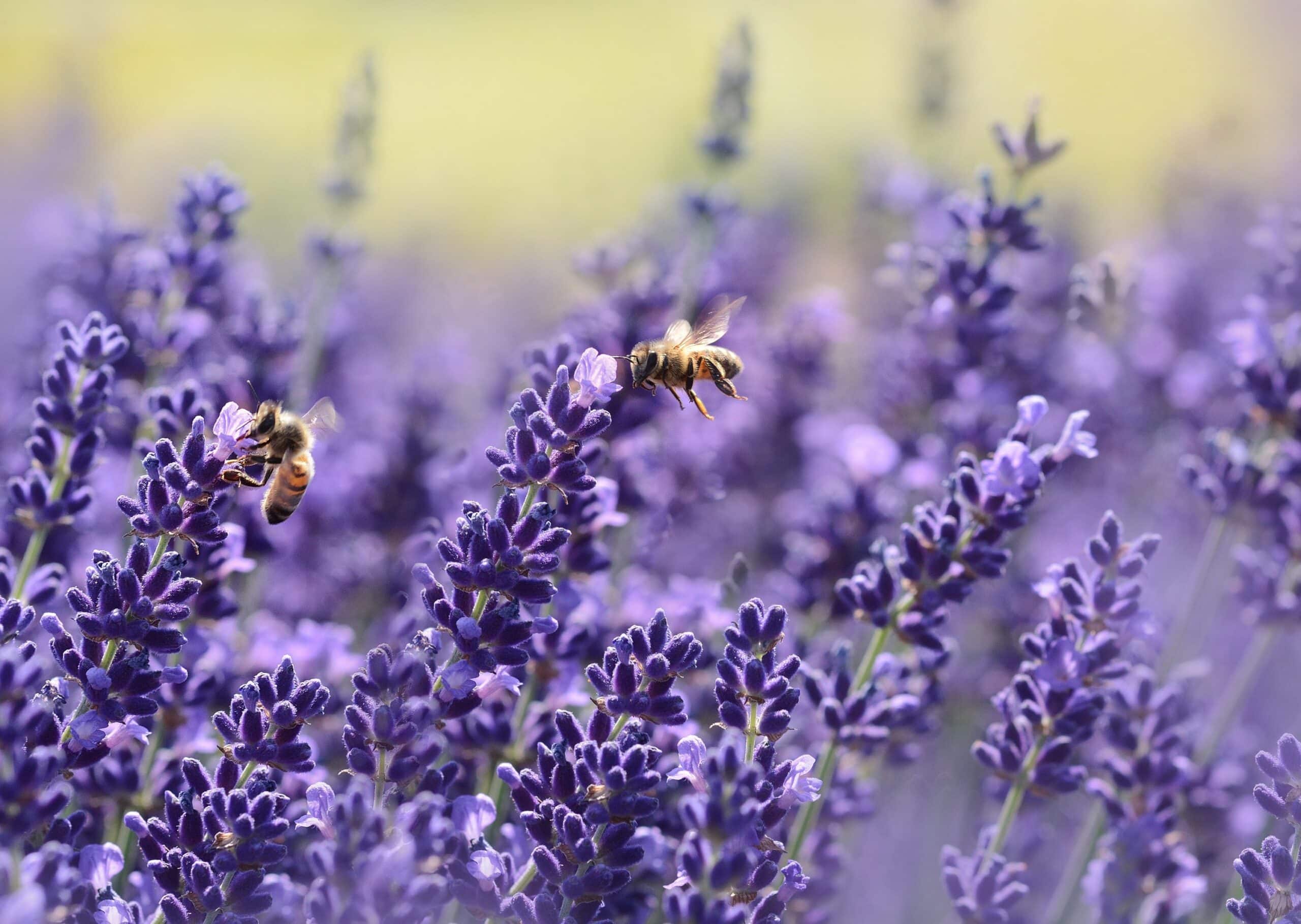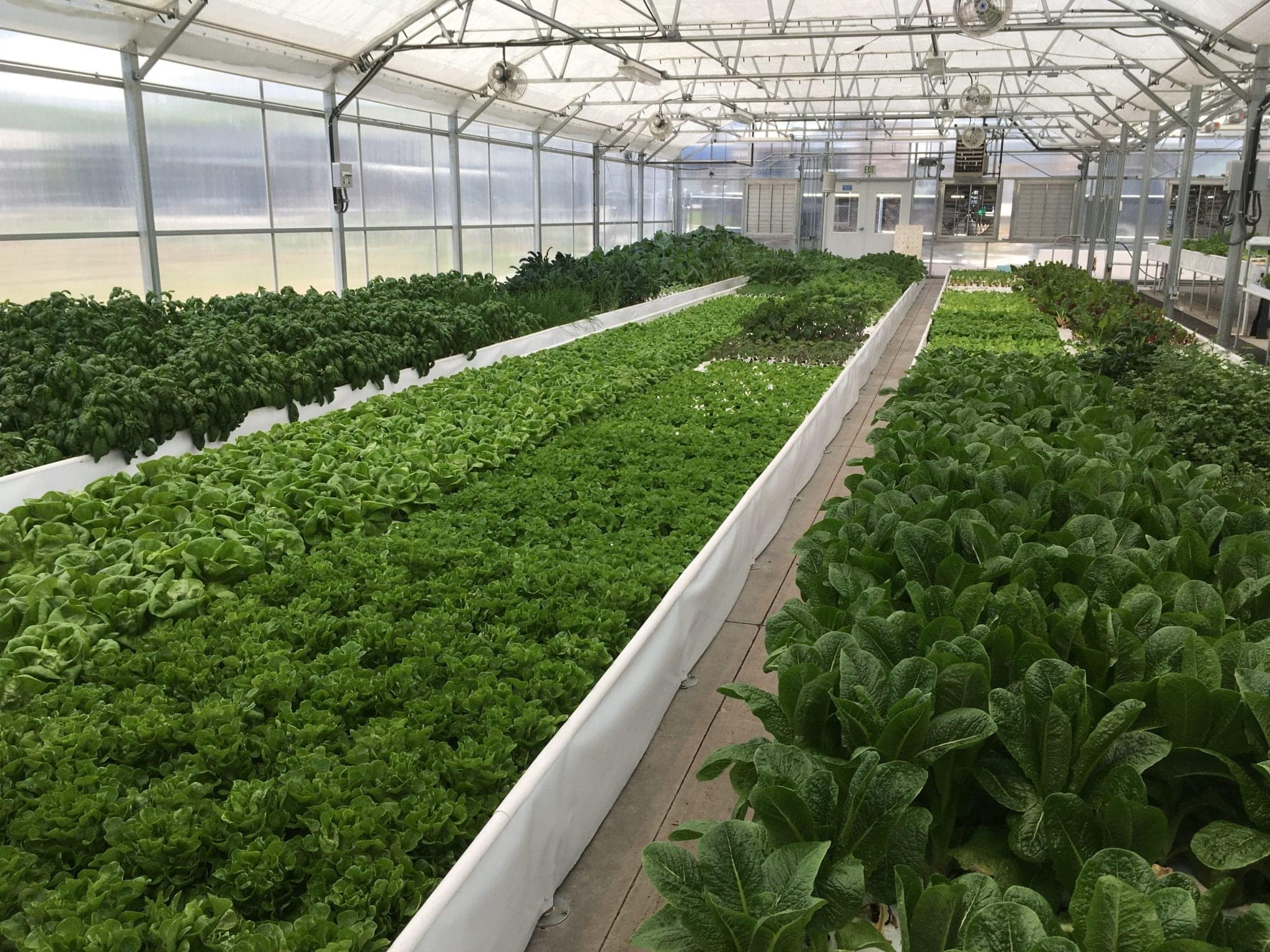If you’re growing your own fruits and vegetables, you know that the harvest season can be incredibly rewarding. You put a lot of time and effort into your garden, and you want to make sure you get the most out of it. One way to do that is by preserving your harvest so you can enjoy it throughout the year.
There are several different ways to preserve your produce, including canning, freezing, dehydrating, and fermenting. In this blog post, we’ll take a closer look at each of these methods and provide tips and techniques for getting the best results.
Canning
Canning is a popular method of preserving food because it allows you to store your produce for an extended period of time without refrigeration. The process involves placing your food in jars and then heating the jars to kill any bacteria and create a vacuum seal.
Before you begin canning, make sure you have all the necessary equipment, including jars, lids, and a canning pot. You’ll also need a recipe to follow, as canning requires precise measurements and techniques.
When canning, it’s essential to use high-acid foods, such as tomatoes, pickles, and fruit, as they are less likely to spoil. Low-acid foods, such as vegetables, meats, and seafood, require pressure canning, which requires a specialized pressure canner.
To can your produce, start by washing and prepping your fruits and vegetables. Then, fill your jars with the food, leaving the recommended amount of headspace. After that, you’ll need to prepare your canning pot and bring it to a boil. Once the water is boiling, place your jars in the pot and process them according to the recipe.
When your jars are finished processing, remove them from the pot and let them cool completely. As the jars cool, you’ll hear a popping sound, which means the vacuum seal has been created. Store your jars in a cool, dry place and check them periodically to ensure they remain properly sealed.
Freezing
Freezing is another popular method of preserving food. It’s a simple and convenient way to preserve your produce, and it requires minimal equipment.
When freezing your produce, it’s essential to blanch it first. Blanching involves boiling your fruits or vegetables for a short period of time and then immediately cooling them in ice water. Blanching helps to preserve the flavor, color, and texture of your produce and also helps to kill any bacteria.
To freeze your produce, start by washing and prepping it, then blanch it according to the recipe. After blanching, let the produce cool completely, then transfer it to freezer-safe containers or bags. Make sure to label your containers with the date and type of produce so you can easily identify them later.
When freezing, it’s important to avoid overcrowding your containers or bags, as this can cause the produce to freeze together in clumps. Instead, leave some space between the pieces of produce and try to flatten them out as much as possible.
Dehydrating
Dehydrating is a great way to preserve your produce if you’re looking for a way to make healthy snacks or to save space in your pantry. Dehydrating involves removing the moisture from your fruits and vegetables, which helps to prevent spoilage.
To dehydrate your produce, you’ll need a dehydrator, which can be purchased at most home goods stores. Begin by washing and prepping your fruits and vegetables, then slice them into thin, even pieces. Place the pieces on the dehydrator trays and turn on the machine. The process can take several hours, depending on the type and amount of produce you’re dehydrating.
It’s important to check your produce periodically throughout the dehydrating process to ensure it’s drying evenly. You can also rotate the trays or switch their positions to promote even drying.
Once your produce is completely dehydrated, let it cool and then store it in an airtight container. You can use your dehydrated produce in a variety of ways, such as adding it to trail mix or rehydrating it to use in recipes.
Fermenting
Fermenting is another method of preserving food that has been gaining popularity in recent years. Fermentation involves using bacteria to break down the sugars in your fruits and vegetables, which creates lactic acid and other compounds that help to preserve the food.
To ferment your produce, you’ll need a fermentation vessel, such as a crock or jar with an airlock, as well as a starter culture, such as whey or a starter culture packet.
Start by washing and prepping your fruits and vegetables, then slice or chop them into small pieces. Place the produce in your fermentation vessel, then add your starter culture and any seasonings or spices you’d like to use. Fill the vessel with enough water to cover the produce and stir to combine.
Once your produce is in the fermentation vessel, cover it with a lid or airlock and let it sit at room temperature for several days to several weeks, depending on the recipe. During this time, the bacteria will work to break down the sugars in your produce and create lactic acid, which helps to preserve the food.
It’s important to check your ferment periodically to ensure it’s fermenting properly and to remove any mold or scum that may form on the surface. Once your ferment is finished, transfer it to a clean jar or container and store it in the fridge.
Tips for Preserving Your Harvest
Regardless of which method you choose to preserve your harvest, there are a few tips and techniques that can help you get the best results:
- Use high-quality produce: The quality of your produce will directly affect the quality of your preserved food, so it’s important to use fresh, high-quality produce. Try to preserve your produce as soon as possible after harvesting to ensure it’s at its freshest.
- Follow recipes carefully: Preserving food requires precise measurements and techniques, so it’s important to follow recipes carefully. Make sure you understand the process before you begin, and take note of any special equipment or techniques required.
- Label and date your preserved food: Whether you’re canning, freezing, dehydrating, or fermenting, it’s important to label and date your preserved food. This will help you keep track of what you have and when it was preserved, so you can use it before it goes bad.
- Store your preserved food properly: Proper storage is key to ensuring your preserved food stays fresh and safe to eat. Make sure to store your food in a cool, dry place, away from direct sunlight and heat sources.
- Experiment with different recipes and techniques: Preserving your harvest can be a fun and rewarding way to explore new flavors and techniques. Don’t be afraid to try new recipes or experiment with different preservation methods to find what works best for you.
In conclusion, preserving your harvest is a great way to make the most of your home-grown produce. Whether you choose to can, freeze, dehydrate, or ferment your fruits and vegetables, there are a variety of techniques and tips you can use to get the best results. With a little bit of practice and experimentation, you’ll be able to enjoy your home-grown produce all year round.
And if you’re really tired of relying on the grocery store for your food and want to take control of your own sustainable lifestyle and grow your own produce and raise your own animals then look no further than The Self-Sufficient Backyard: For The Independent Homesteader. This comprehensive guide offers all the information you need to create your own backyard farm and live a self-sufficient life. Whether you’re just getting started or have experience in gardening and homesteading, this guide will provide valuable insights, tips, and techniques to help you succeed. So don’t wait, click over to HERE and take the first step towards creating your own sustainable and self-sufficient lifestyle today!
Places To Purchase The Items Listed In This Article:
- Canning jars and lids: You can find canning jars and lids at most major retailers, including Walmart, Target, and Amazon. Here are some specific links:
- Walmart: https://www.walmart.com/browse/home/canning-jars-lids/4044_623679_86311
- Target: https://www.target.com/s/canning+jars
- Amazon: https://www.amazon.com/s?k=canning+jars
- Water bath canner: You can find water bath canners at most major retailers, including Walmart, Target, and Amazon. Here are some specific links:
- Walmart: https://www.walmart.com/search/?query=water%20bath%20canner
- Target: https://www.target.com/s/water+bath+canner
- Amazon: https://www.amazon.com/s?k=water+bath+canner
- Pressure canner: You can find pressure canners at most major retailers, including Walmart, Target, and Amazon. Here are some specific links:
- Walmart: https://www.walmart.com/search/?query=pressure%20canner
- Target: https://www.target.com/s/pressure+canner
- Amazon: https://www.amazon.com/s?k=pressure+canner
- Freezer bags: You can find freezer bags at most major retailers, including Walmart, Target, and Amazon. Here are some specific links:
- Walmart: https://www.walmart.com/browse/home/freezer-bags/4044_623679_86311
- Target: https://www.target.com/s/freezer+bags
- Amazon: https://www.amazon.com/s?k=freezer+bags
- Dehydrator: You can find dehydrators at most major retailers, including Walmart, Target, and Amazon. Here are some specific links:
- Walmart: https://www.walmart.com/search/?query=dehydrator
- Target: https://www.target.com/s/dehydrator
- Amazon: https://www.amazon.com/s?k=dehydrator
- Fermentation jars: You can find fermentation jars at most major retailers, including Walmart, Target, and Amazon. Here are some specific links:
- Walmart: https://www.walmart.com/search/?query=fermentation%20jars
- Target: https://www.target.com/s/fermentation+jars
- Amazon: https://www.amazon.com/s?k=fermentation+jars
I hope you find these links helpful!
Sources:
- “Canning Vegetables and Vegetable Products” from the National Center for Home Food Preservation – https://nchfp.uga.edu/how/can_04/canning_vegetables.html
- “Freezing Fruits and Vegetables” from the University of Minnesota Extension – https://extension.umn.edu/preserving-and-preparing/freezing-fruits-and-vegetables
- “How to Dehydrate Food” from the Spruce Eats – https://www.thespruceeats.com/how-to-dehydrate-food-1327439
- “How to Ferment Vegetables at Home” from the Kitchn – https://www.thekitchn.com/how-to-ferment-vegetables-193124
- “Preserving Your Harvest: Freezing, Drying, and Canning Fruits and Vegetables” from Utah State University Extension – https://digitalcommons.usu.edu/cgi/viewcontent.cgi?article=2597&context=extension_curall
- “The Basics of Food Preservation” from the University of Georgia Extension – https://extension.uga.edu/publications/detail.html?number=B989
- “A Beginner’s Guide to Canning Food at Home” from Better Homes and Gardens – https://www.bhg.com/recipes/how-to/preserving-canning/canning-tips-for-beginners/




